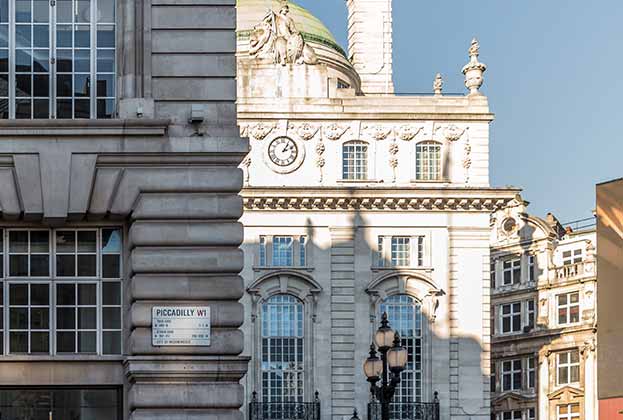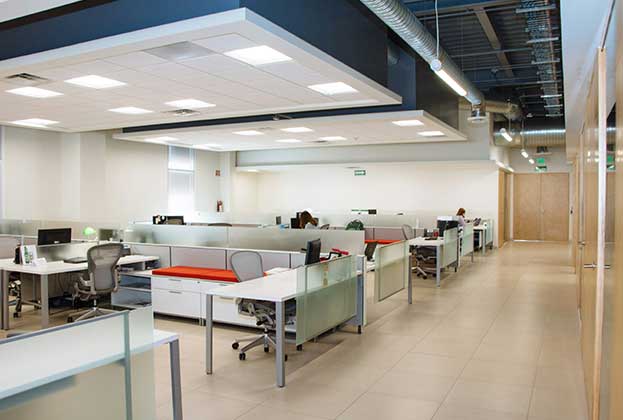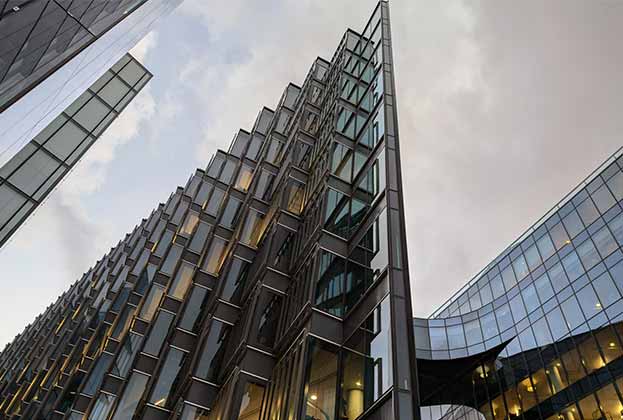Fast-paced changes in how we shop, work and relax are setting challenges across the real estate industry. One of the themes of 2021 is that an increasing number investors and occupiers have been taking time to fully understand how fit for purpose their properties – or prospective properties – are.
When working with our clients on this task, our first consideration across all sectors is almost always to understand the nuances of a property’s location, which incorporates the granular detail of factors such as macroeconomics, demographics and local industry.
Take warehouse occupier demand. Transportation drives the majority of costs for third-party logistics (3PL) companies, while real estate only accounts for up to 10 per cent. Therefore well-connected locations remain in demand and logistics facilities in urban locations, which offer ‘last hour’ delivery, will continue to attract capital for the foreseeable future.
A retail park is considered high quality if it’s in a strong location and the stores’ offers meet the needs of the catchment. But assets that have a food element are also considered to be robust, due to the stability and length of the income stream.
Interest in this sector is rising because footfall at retail parks was defensive during the pandemic as they house a mix of ‘essential’ retailers, including supermarkets. Today, it is possible to find good retail park assets that are relatively cheap; as a result there will be a lot of activity in this area throughout 2022.
Many investor-developers are also exploring the use of delivery sites for last hour logistics, as they can also play a key role in the swift delivery of online goods to consumers. Consumers are increasingly opting for click-and-collect services, with retail parks being seen as a convenient location to purchase goods and collect online orders. But conversion is not easy as projects are often constrained by planning. However, those in the right urban locations with good access to consumers can be feasible.
Elsewhere, investors are seeking to convert spaces for highly popular sectors – such as ‘beds, meds and sheds’. Any asset in that category is high on the shopping list.
Repurposing stock into residential is hailed as a solution to housing shortages, but delivery is not straightforward. Converting offices to residential has been contentious, especially in the UK, where legislation has clamped down to ensure these conversions still deliver a good standard of living. Despite this we have seen a rise in interest for characterful and well-located properties within European gateway cities.
Clients are also looking at creating assets for the life science market by converting offices, but again this is highly dependent on location, and both investors and occupiers want properties that are in close proximity to pre-existing clusters. With a concentration of demand in key locations, there is no question that it’s easy to see where the shortages are, and we have seen some investors take on projects. But again, with such specific requirements needed for lab space, it’s often a complex proposition.
We cannot talk about 2021 without mentioning ESG. Everyone needs to understand what it actually means at any stage of an asset’s life cycle, and the implications it has on their portfolio, as well as the value that it can be deliver. Creating sustainable places is, after all, vital for building tomorrow’s world.
Further information
Embrace the disruption in real estate: it's happening regardless

.jpg)





.jpg)


